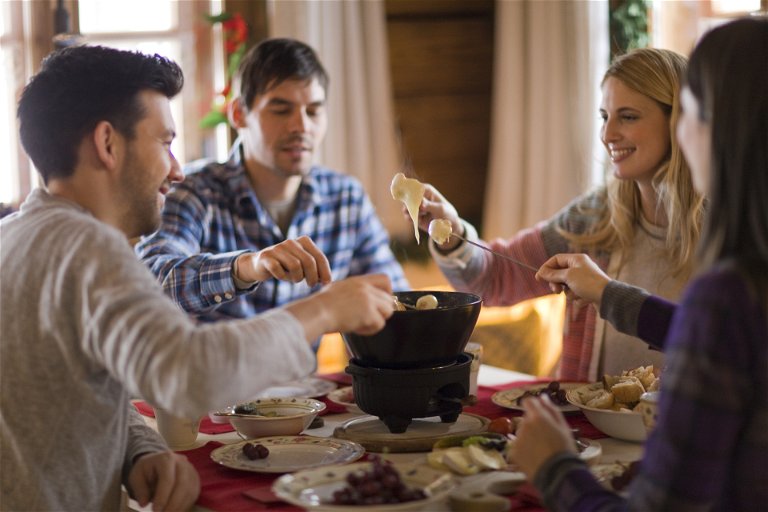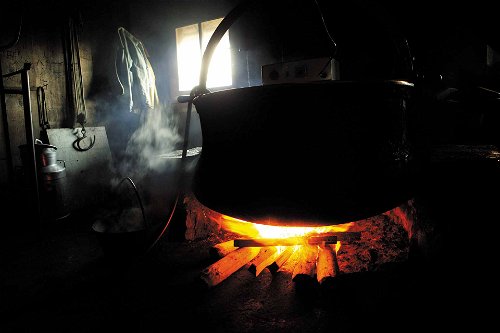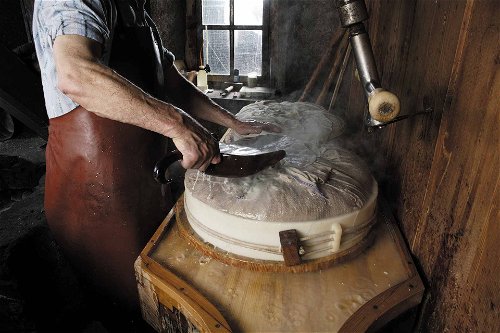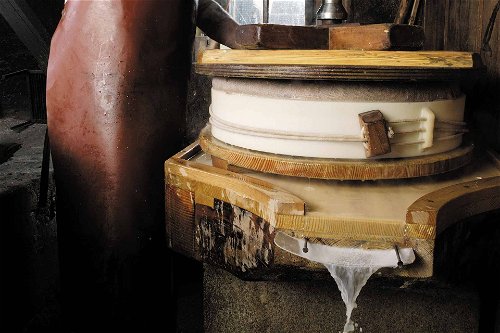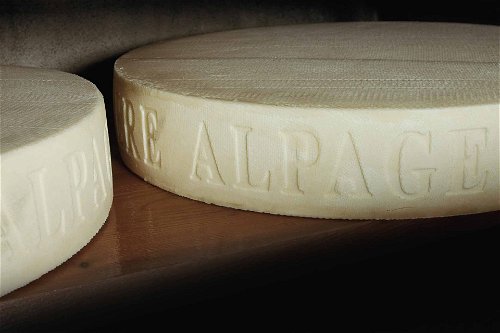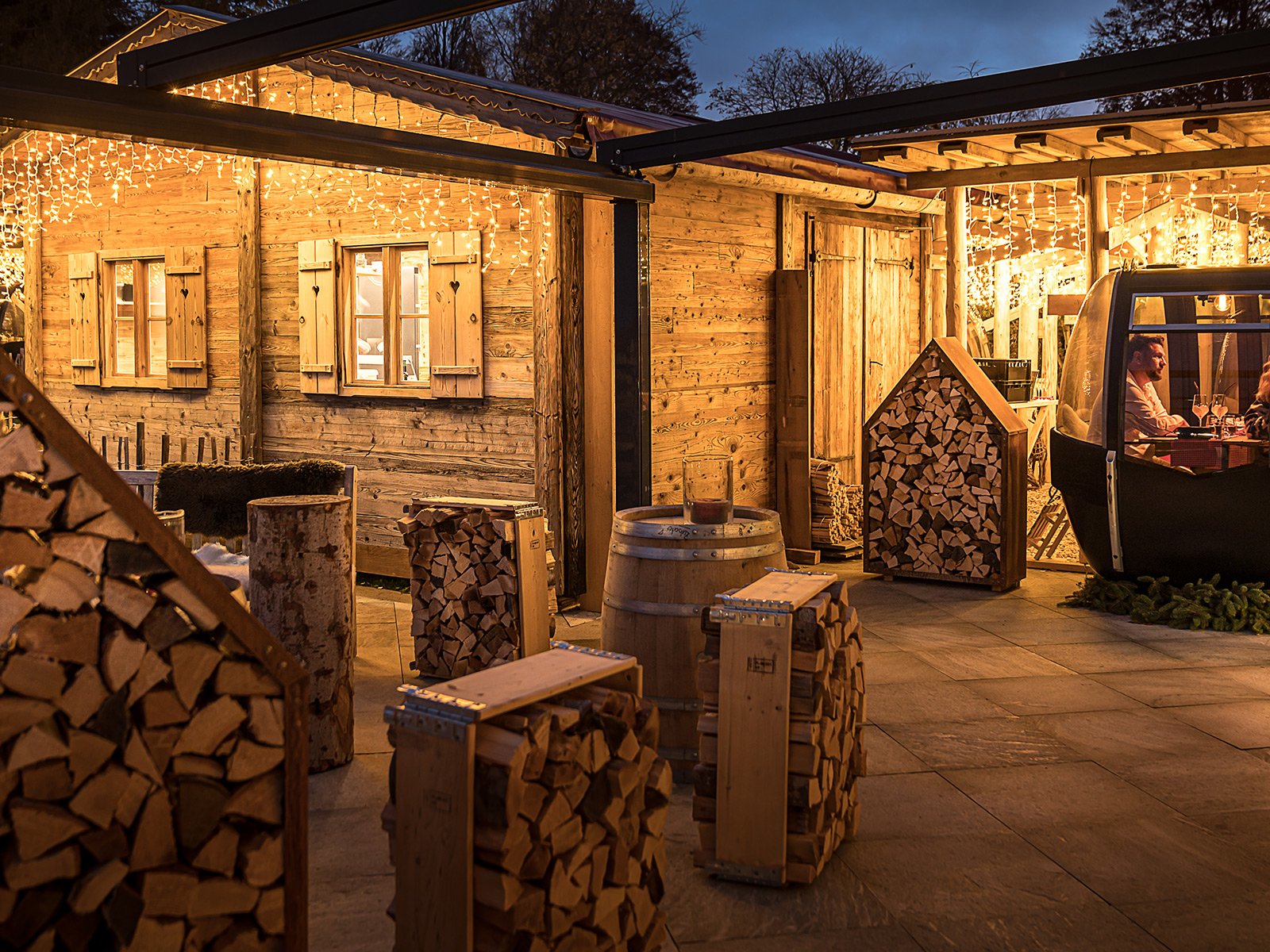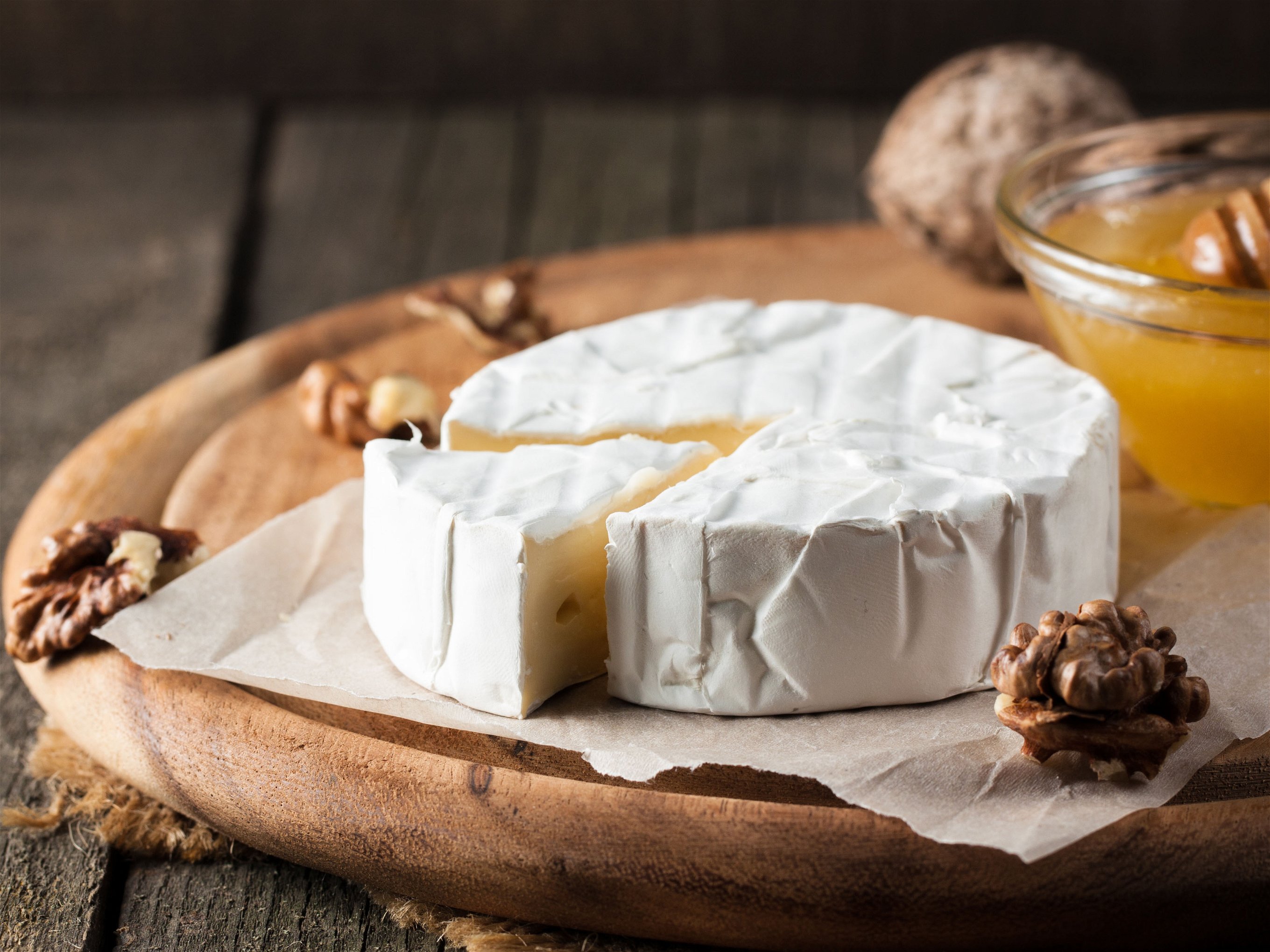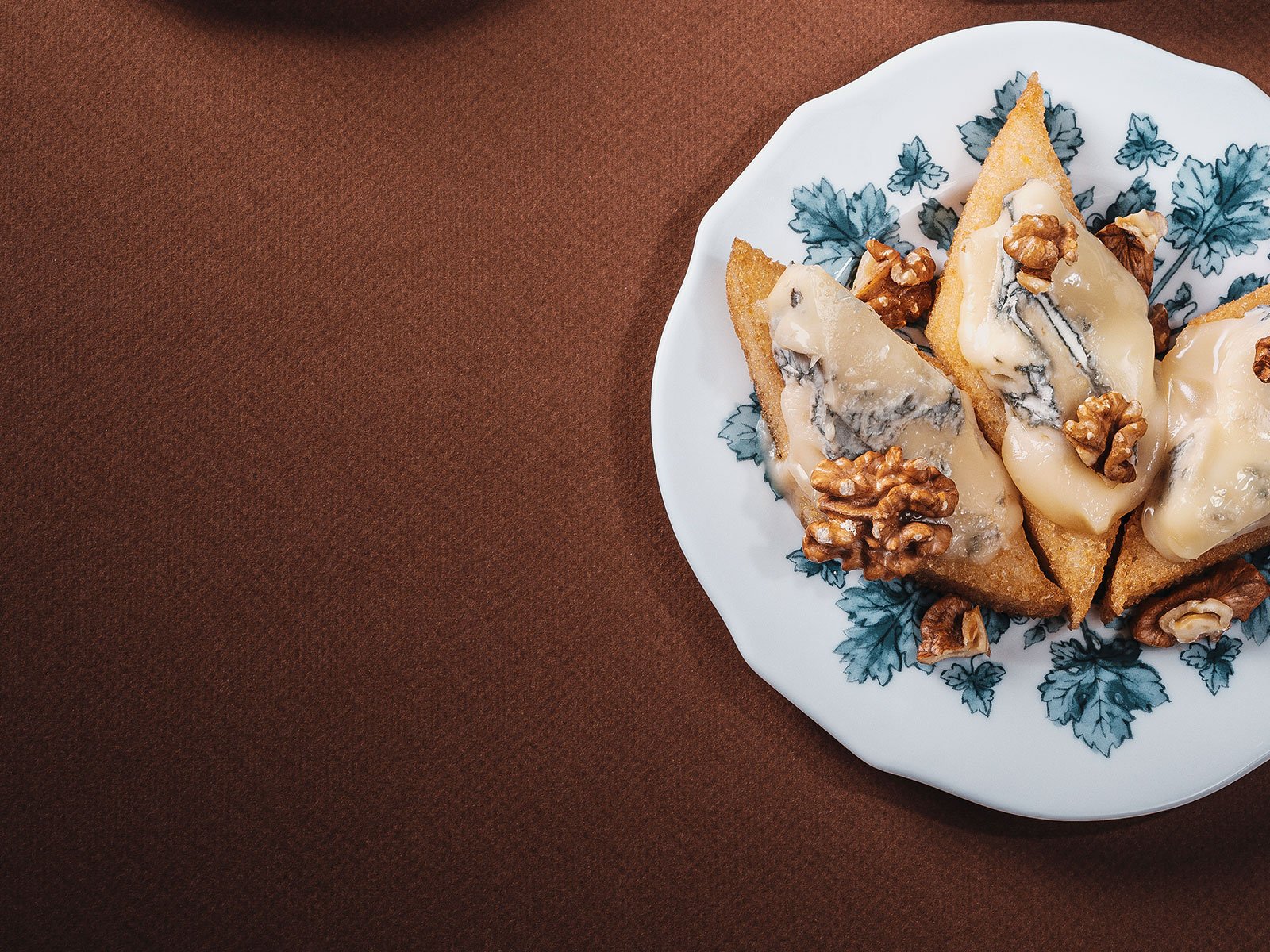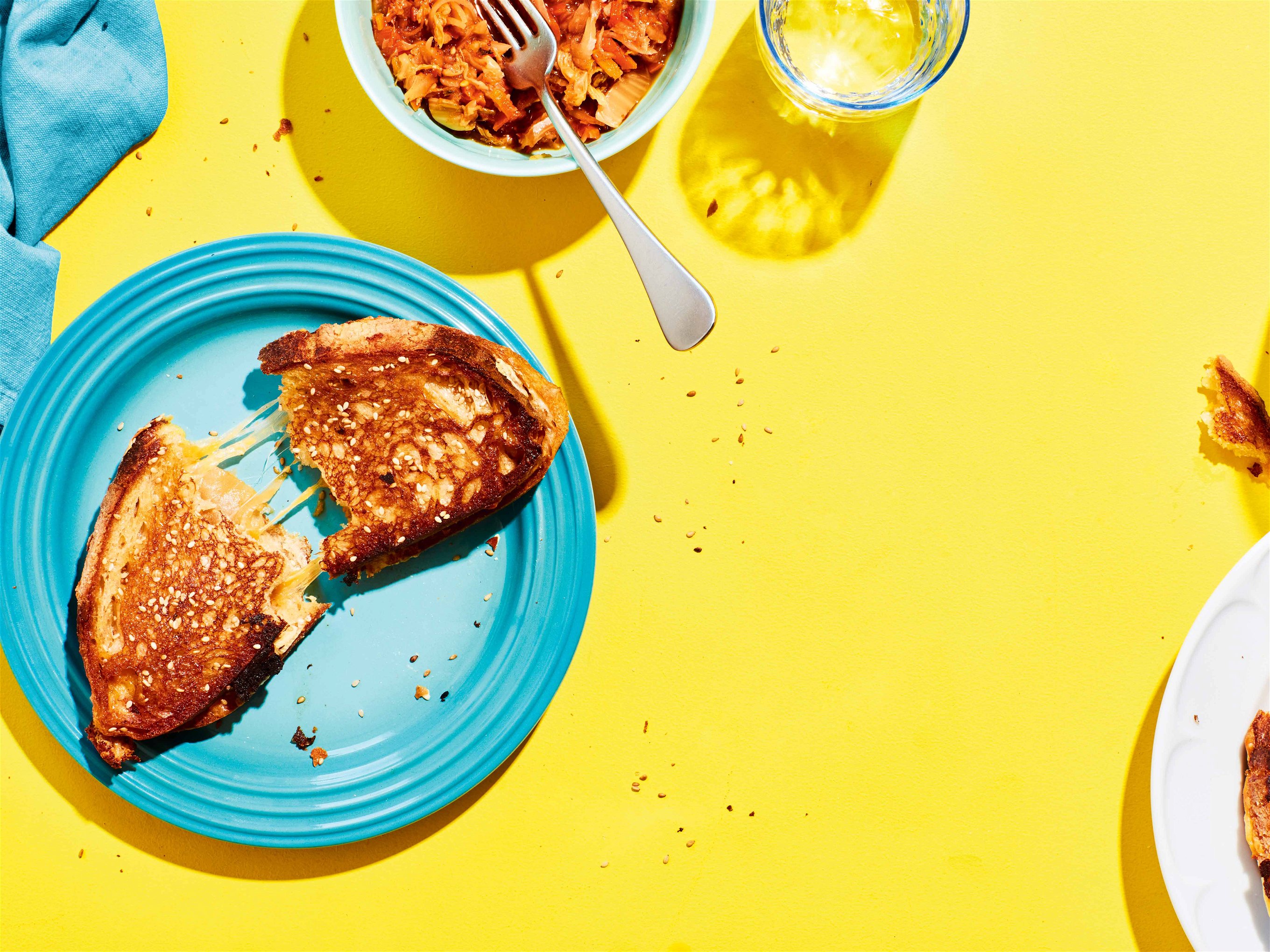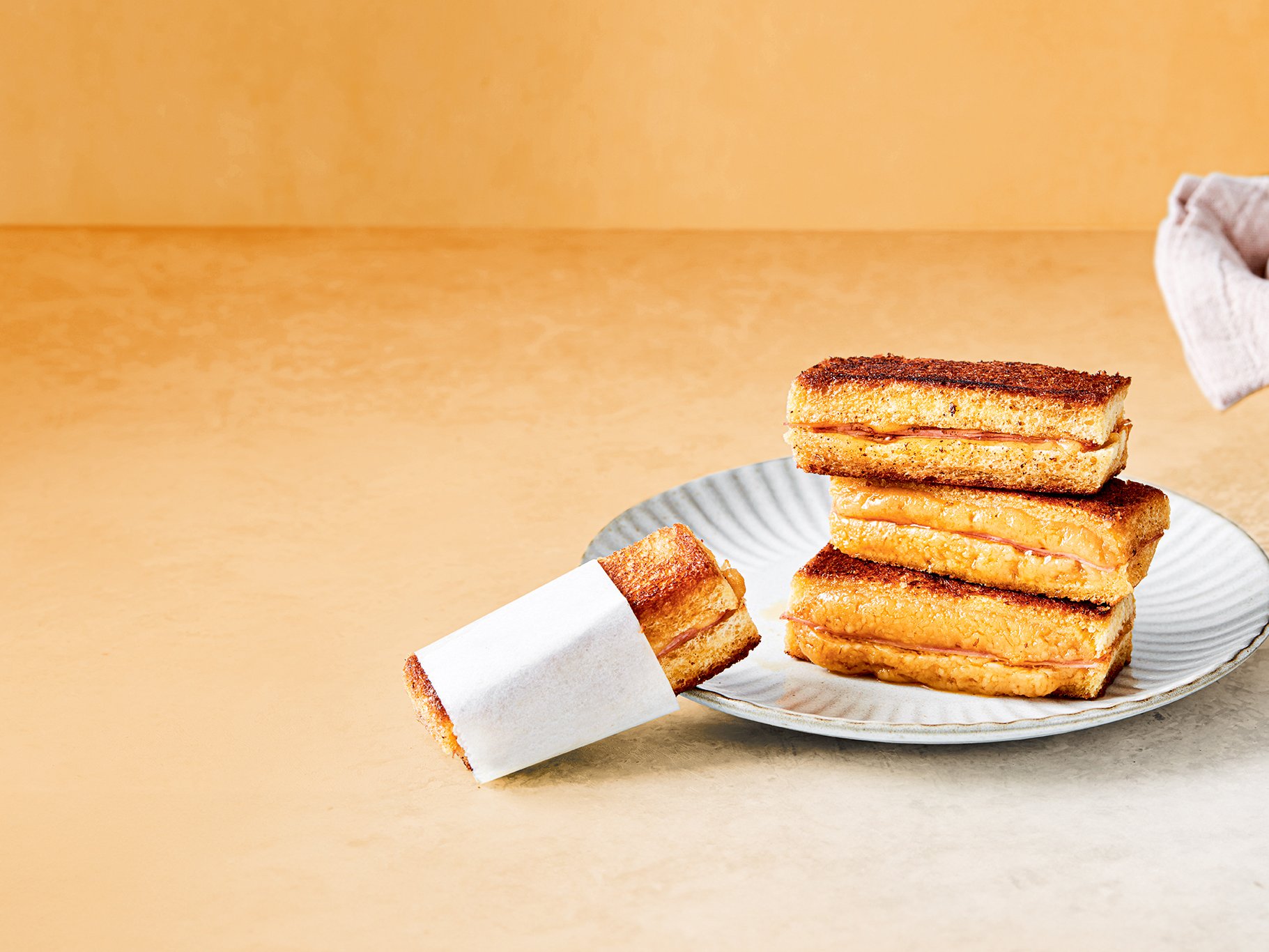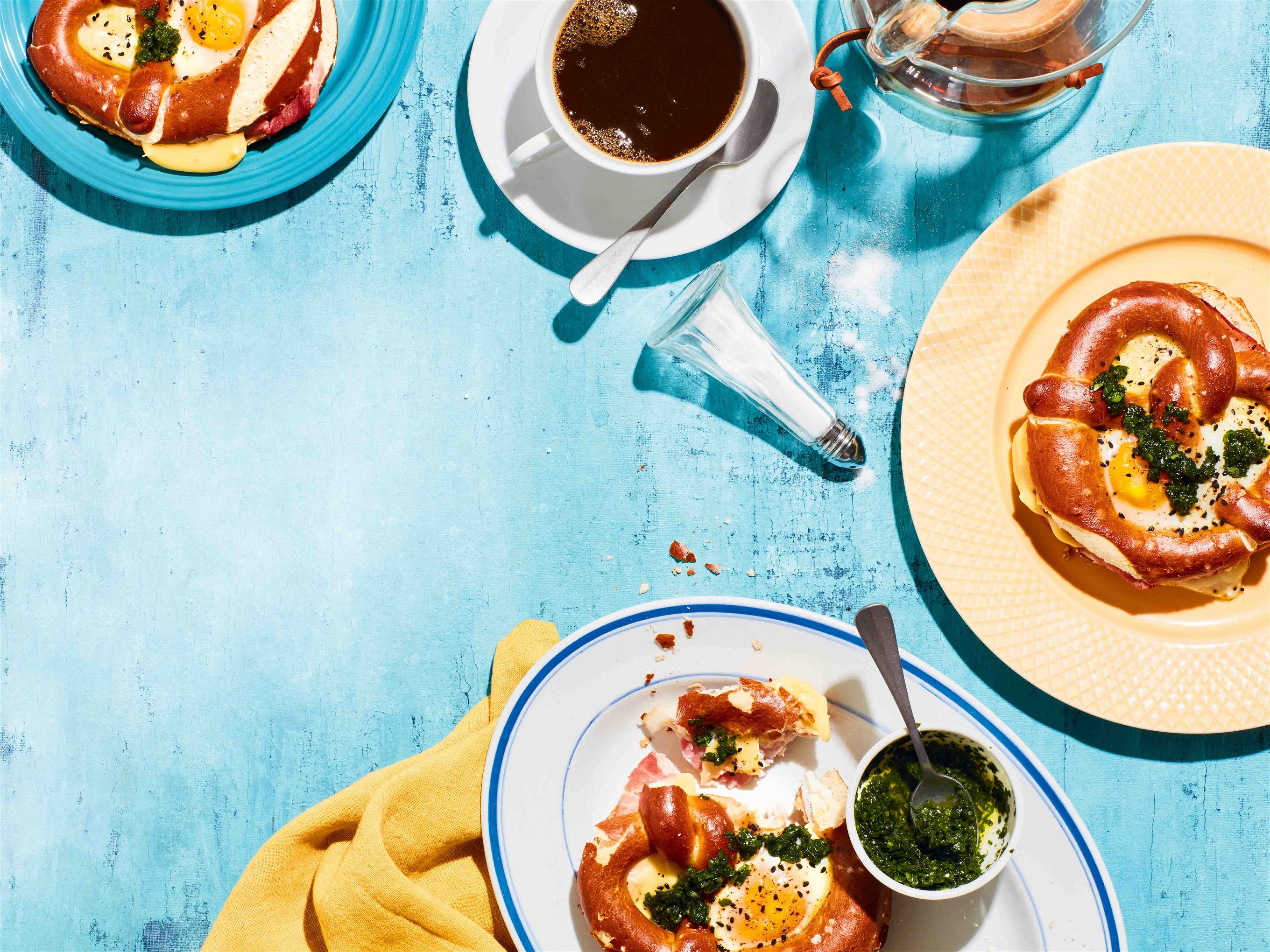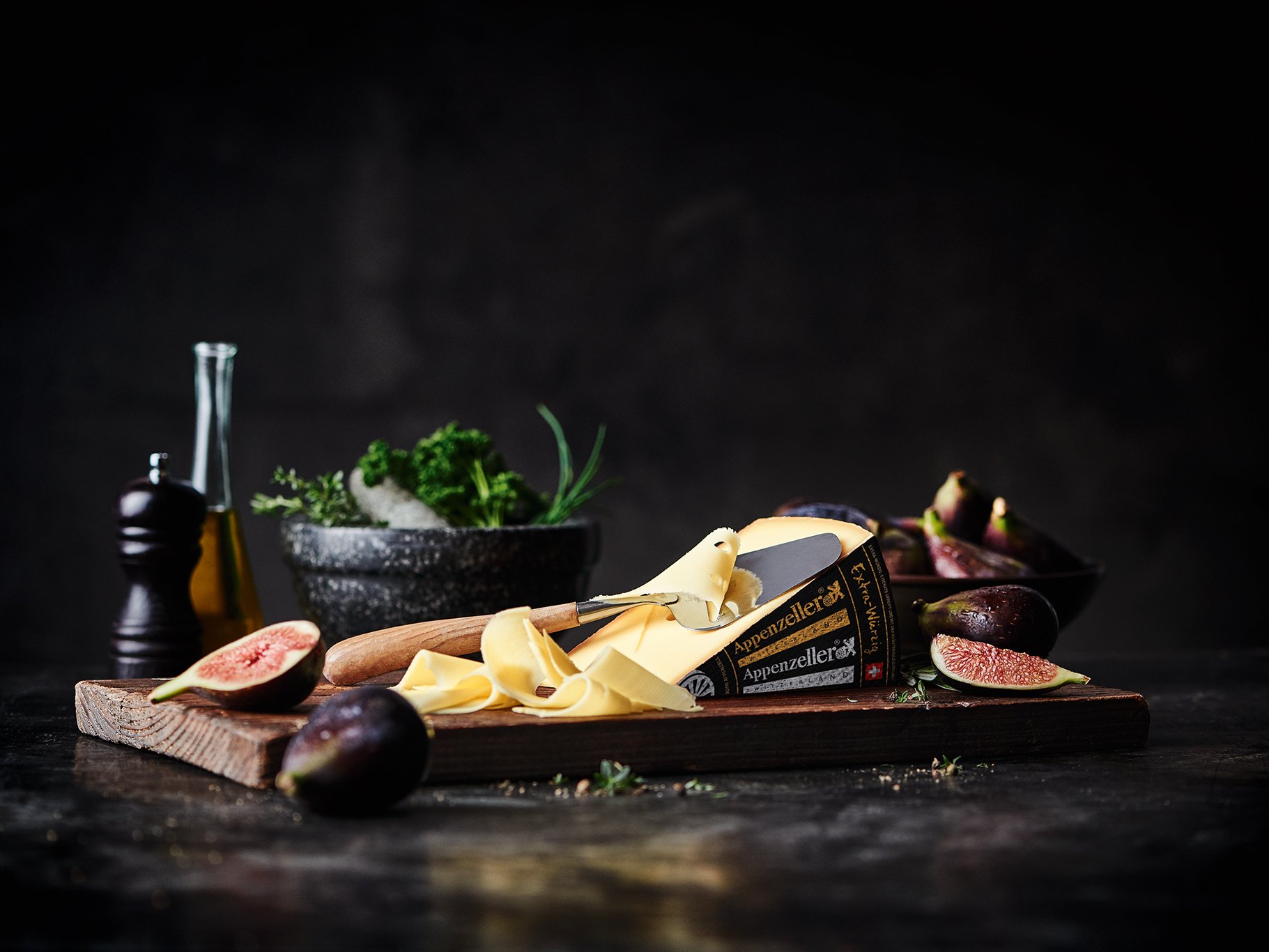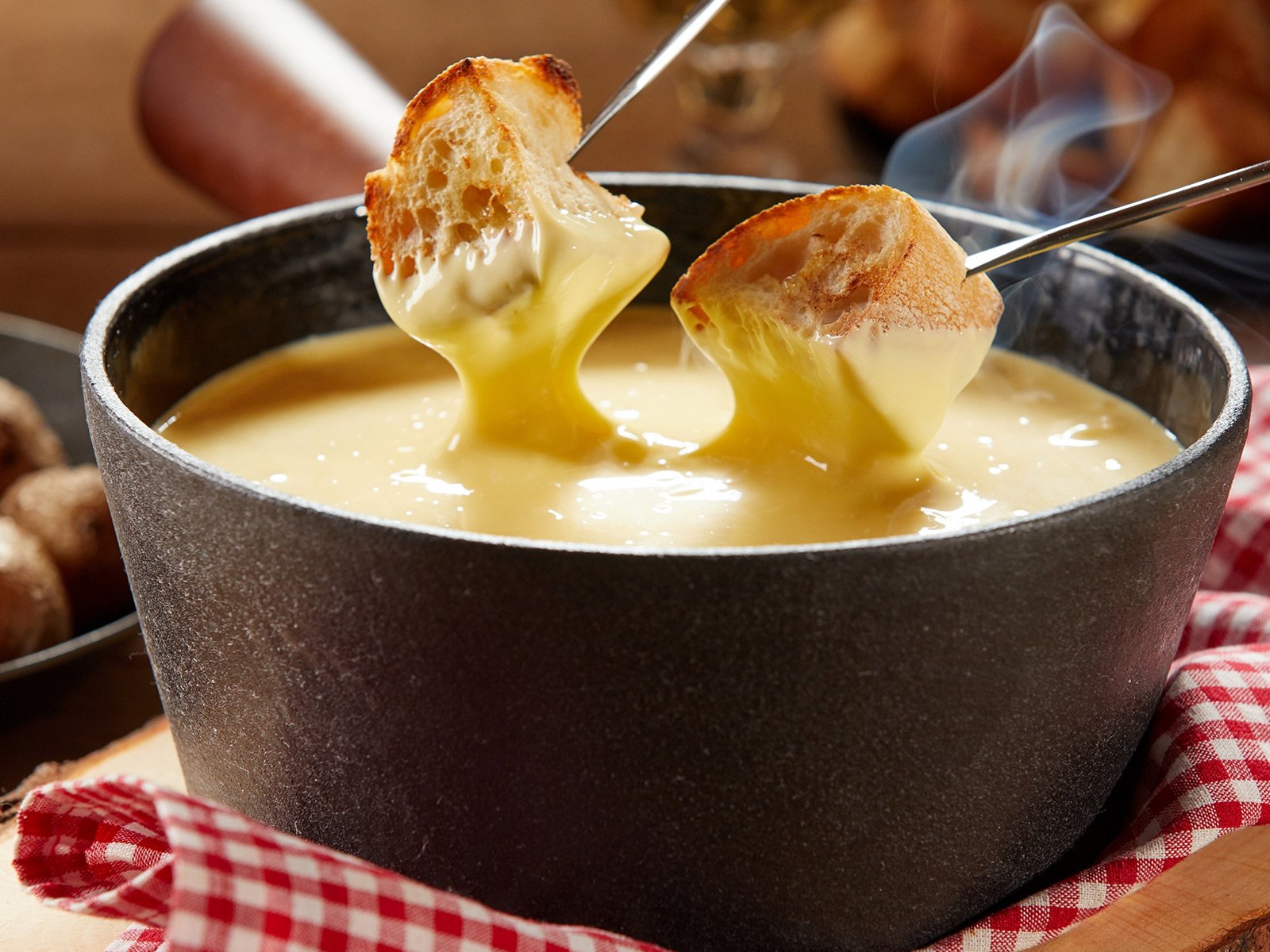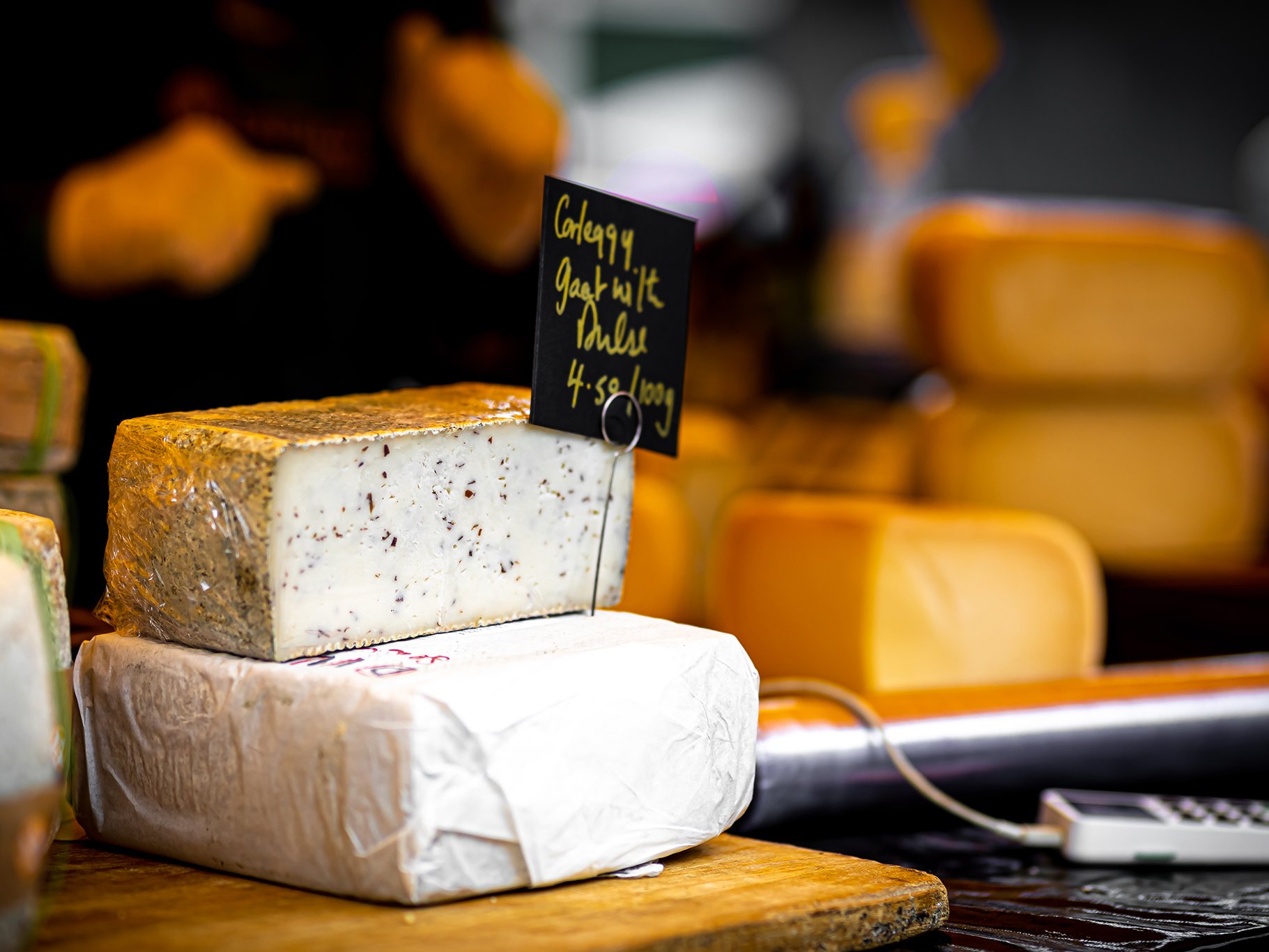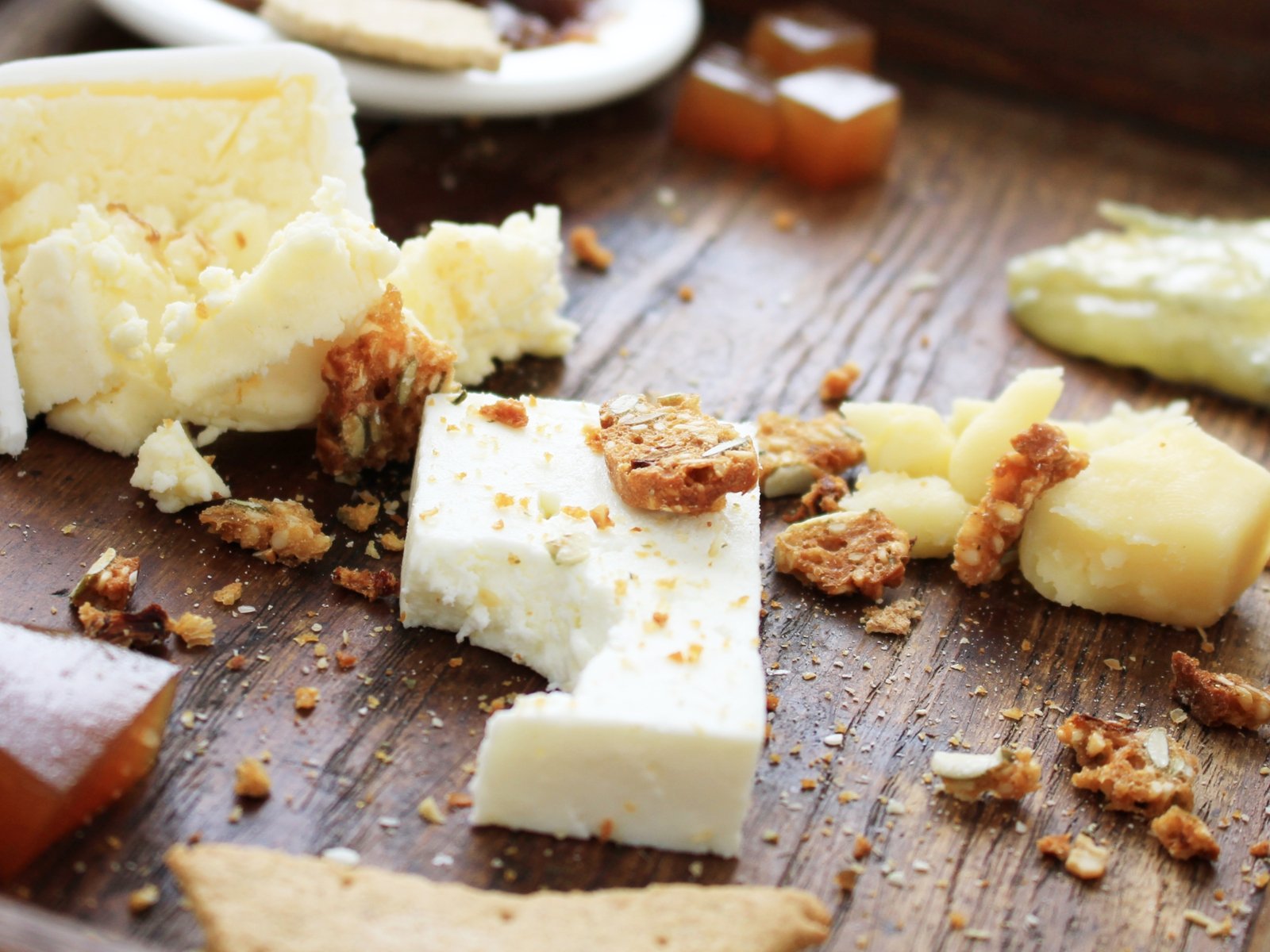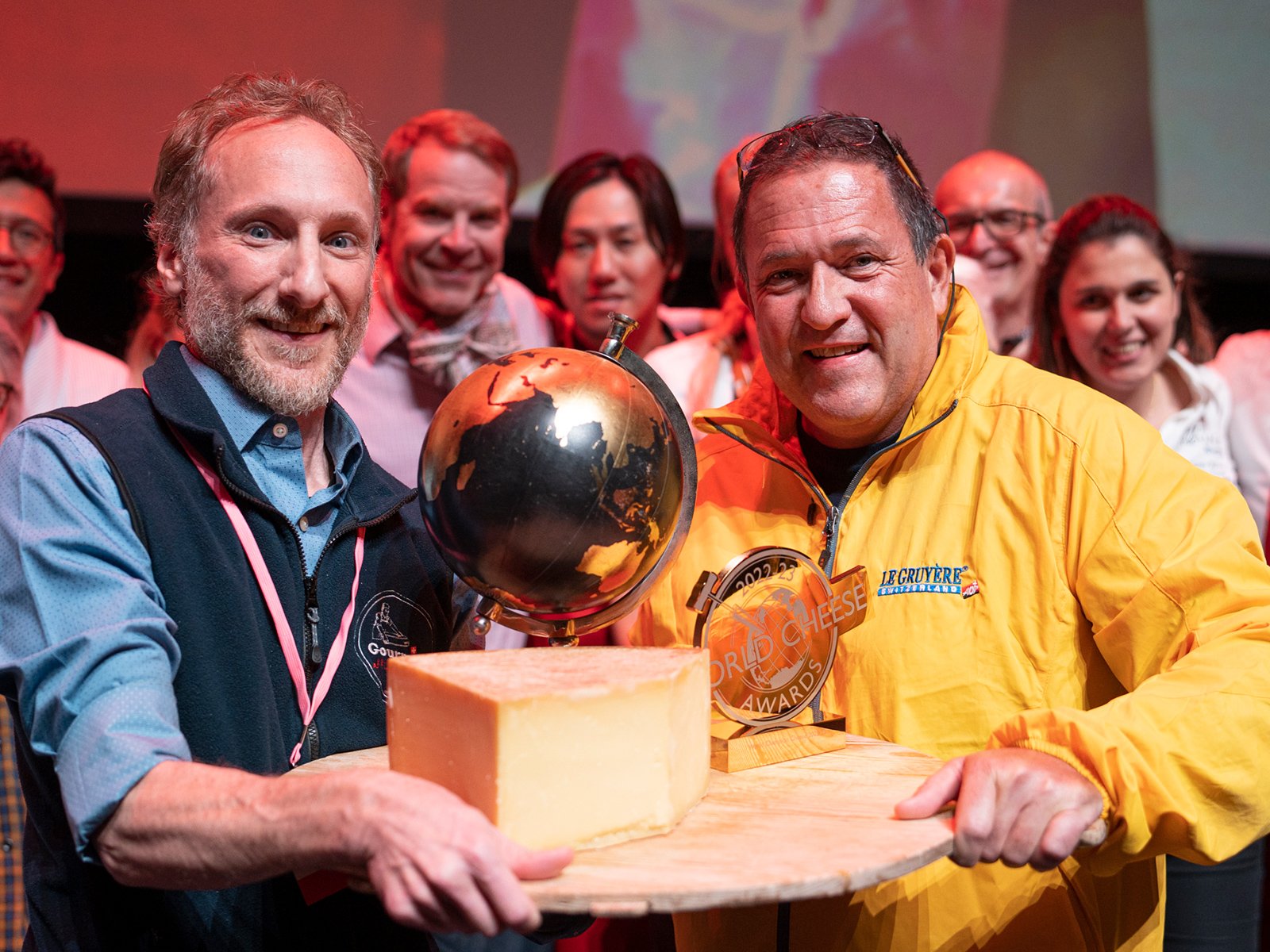Say Cheese: The Real Cheese Fondue
Cheese fondue belongs to Switzerland like schnitzel to Austria and roast beef to England. Our Swiss editorial team get to the bottom of the phenomenon.
"Moitié-moitié" or "half and half" is the classic recipe for a cheese fondue. This refers to the composition of the cheese mixture. It should be one part Gruyère cheese and one part Vacherin. "The hard Gruyère provides a lot of flavour and the soft Vacherin provides the creaminess," Swiss maître fromager Rolf Beeler tells Falstaff. "Then it needs wine and a little starch. Fondue is actually a convenience dish – simple, with first-class ingredients."
That the Swiss are crazy about cheese fondue is definitely not a prejudice. No country in the world eats more fondue than Switzerland. Logical, you might think, after all, cheese fondue was invented by Swiss alpine dairy farmers. But that's not quite true!
"Fondue is not a purely Swiss speciality," explains Rolf Beeler, who also offers his fondue from Switzerland at Feinkost Käfer in Munich. "It is a dish from the entire Alpine region," he says. It originated in the Western Alps – somewhere in French-speaking Switzerland, Savoy or Jura. Known as fonduta in northern Italy, the dish is prepared there not with Gruyère and Vacherin, but with the local Fontina cheese and eggs - and often refined with truffles.
Popular Thanks to Marketing
But the classic is and remains Swiss cheese fondue. However, the Swiss do not have this irrepressible desire for it in their blood; its popularity is the result of a clever advertising campaign that began in the 1950s. It was the Swiss Cheese Union – a marketing and trade organisation for the Emmentaler, Gruyère and Sbrinz cheeses - that launched the slogan "Fondue isch guet und git e gueti Luune". "Fondue is good and puts you in a good mood" or 'Figugegl', as it was later called, was to go down in history.
Thanks to effective marketing, eating fondue together became the epitome of national identity. In the 1960s, the Käseunion sponsored the ingredients for fondue for the Swiss army, making it the number one homesick dish for an entire generation. For many years, fondue cooking in Swiss households was still the preserve of men – the winter counterpart, so to speak, to barbecuing in the summer.
No Purity Law for Fondue
Fabien Rouxel works at the Chalet de Gruyères hotel in the town of the same name in the Swiss canton of Fribourg – the home of Gruyère cheese and a stronghold of Swiss fondue culture. He offers courses at the Fondue Academy to teach people how to prepare it properly. "You can't take it too seriously," he says when asked about it. "We maintain a relaxed approach to the recipe."
After all, there is no such thing as a purity law for fondue. Even though fondue is a simple dish, its diversity is great. It is not only the types of cheese that are varied according to region. While Fabien Rouxel in Gruyère naturally uses Gruyère cheese, Vacherin and white wine for his fondue, people in eastern Switzerland like to use Appenzeller cheese, and depending on the region, they sometimes refine the fondue with apple wine – even beer fondue is becoming ever more popular in Switzerland.

One Court Unites a Nation
Jürg Wyss of Jumi Käse offers various pre-mixed fondue creations in his shops and at the markets in Bern, Vienna and London. These include a beer fondue and one with sparkling wine instead of still wine. Consumption of fondue abroad is still manageable, he says, but those who like cheese are not averse to fondue.
The most special creation from Jumi is certainly the Suurchabis fondue – a fondue refined with sauerkraut and cheese from the Bern region. According to Wyss, this fondue tastes especially good when eaten with potatoes instead of bread. The Swiss agree on few things and it is often difficult to find a consensus, especially across language regions.
With fondue, however, harmony is possible – no dish unites the Swiss more than cheese fondue. The cheesemakers and fondue experts interviewed by Falstaff did not want to name a patent recipe for fondue, but emphasised that it is the regional differences that make it so appealing.
More than just Bread and Cheese
"Fondue is a versatile dish per se," says cheese specialist Rolf Beeler. "I, for example, like to eat it without bread or potatoes, but simply with steamed vegetables, so fondue becomes a much lighter, more digestible dish." No one can deny that fondue is sometimes heavy on the stomach, but maybe that's simply because people like to put one too many loaves of bread in the pot. "The heavy stomach of fondue is a prejudice," says Rolf Beeler. "If you use good, matured raw milk cheese, cheese fondue is digestible, and it doesn't stink either."
Beeler thus addresses another point that prevents many from trying cheese fondue at home. According to the cheese expert, the unpleasant smell comes about when low-quality cheese is used, more so if it is made creamier by adding so-called melting salts.
The Cheese Quality is Crucial
For all their love of the diversity of cheese fondue, neither Rolf Beeler nor Jürg Wyss of Jumi or Fabien Rouxel of the Fondue Academy compromise on the quality of the basic products. Industrial methods such as the addition of melting salts are taboo for them, but they are quite common among the manufacturers of ready-made fondues.
Beeler and Jumi also offer pre-mixed fondues, which contain the best cheese and the necessary wine and starch – but nothing else. Rolf Beeler uses a Gruyère aged for 18 months and a Vacherin fribourgeois made from raw milk for his fondue – now a rare delicacy. Jumi, on the other hand, relies on local cheeses; their basic mix consists of Appenberger and Schlossberger, a soft and a hard cheese, so Jumi fondue is actually also a moitié-moitié variation.
Whilst you can vary the cheese, you should not compromise on its maturity as this is crucial for the success of a fondue, and it is certainly not a bad idea to leave the choice to the professionals. "The cheese should not be too mature," says Jürg Wyss from Jumi, "otherwise you run the risk of an unappetising film of fat forming on the melted cheese." But the cheese should not be too young either, says Rolf Beeler. "If the fondue is too stringy and almost rubbery on the palate, then the cheese was too young," he says. The fondue experts agree that hard cheese in particular can be a year or more old.
Preparing Fondue - No Magic Trick
The Fondue Academy in Gruyère teaches fondue preparation in the best possible way. Depending on your taste, you rub the caquelon or fondue dish with a clove of garlic, pour in the wine, bring it to the boil, add the cheese, then the cornflour and then gently melt the cheese over medium heat.
There is a widespread belief that this involves stirring the cheese in the shape of a figure eight, which is actually quite simply to prevent it from sticking. As with the recipe, people follow different methods of preparation; for some, cherry brandy belongs in a fondue, others like to spice it up, but if you follow the basic rules, you really can't go far wrong.

A Social Affair
Like the preparation of cheese fondue, eating it is also subject to some rules that in reality should not be taken too seriously. For example, many people know from the French comic strip Asterix in Switzerland, published in 1970, that there is a penalty if you lose your bread in the pot.
Poor Gaius Infarctus, who loses his bread in the comic, is sunk with a weight on his feet in Lake Geneva, from which, however, he is rescued by Asterix and Obelix – an allusion to the custom, common with cheese fondue, of punishing the loss of bread in the cheese. The real rules, however, are far less serious. For a lost piece, the man must pay for a bottle of wine or a round of schnapps. The women, on the other hand, must kiss all the men present.
Fondue eating is not a beery affair, quite the opposite. And of course no one should be left high and dry. The classic accompaniment to fondue is Swiss Chasselas, but depending on taste, light red wines are also popular. Black tea is just as popular and, of course, a glass of schnapps is a must at any fondue party.
A special ritual at the end of the fondue is to eat the so-called 'grandmother', or réligieuse in French. This refers to the crust at the bottom of the fondue dish which can be scraped out and eaten. "If you stir well, there is no such thing," says Rolf Beeler gleefully. "But it tastes especially good if you put an egg in the empty dish before you scrape out the crust and put out the fire underneath" – another widespread custom around fondue eating in many Swiss families.
However, according to the experts, the most important thing about eating fondue is neither the properly matured cheese nor the wine nor the stirring, but simply the people with whom you enjoy it. Fondue is definitely not a dish for single households, but rather for sociable hours in the cold season.
Cheese Fondue Variations
Fondue moitié-moitié
The classic cheese fondue, made with half Gruyère and half Vacherin Fribourgeois, plus white wine and cornflour.
Fondue Fribourgeoise
A particularly creamy variant from the Swiss canton of Fribourg, made from 100% Vacherin Fribourgeois. Water is used instead of wine.
Appenzeller fondue
A spicy variation made from up to 70% Appenzeller cheese, Vacherin, cornflour and white wine.
East Swiss fondue
Usually made with Tilsiter and Appenzeller, but also often with Gruyère, but apple wine is used instead of wine.
Fondue Savoyarde
French fondue variation from Savoy. One third each of Comté, Gruyère and Emmentaler and local white wine are used.
Fonduta
The northern Italian counterpart to French fondue - made with local cheeses, egg yolk and milk. It is often refined with truffles.
Champagne fondue
A lighter, noble variation: Champagne is used instead of white wine. Any other sparkling wine will also work.
Fondue Shops
You can find the ready-mixed fondues from Jumi, Rolf Beeler and Feinkost Käfer at the following addresses:
Jumi Cheese
Lange Gasse 28
1080 Vienna, Austria
T: +43 1 9619868
jumi.lu
Rolf Beeler
Breiti 16
5507 Mellingen, Switzerland
T: +41 56 6220313
rolfbeeler.ch
Delicatessen Käfer
Prinzregentenstrasse 73
81675 Munich, Germany
T: +49 89 4168310
feinkost-kaefer.de
You will find the best wines to accompany the fondue in the tasting: A Sociable affair
